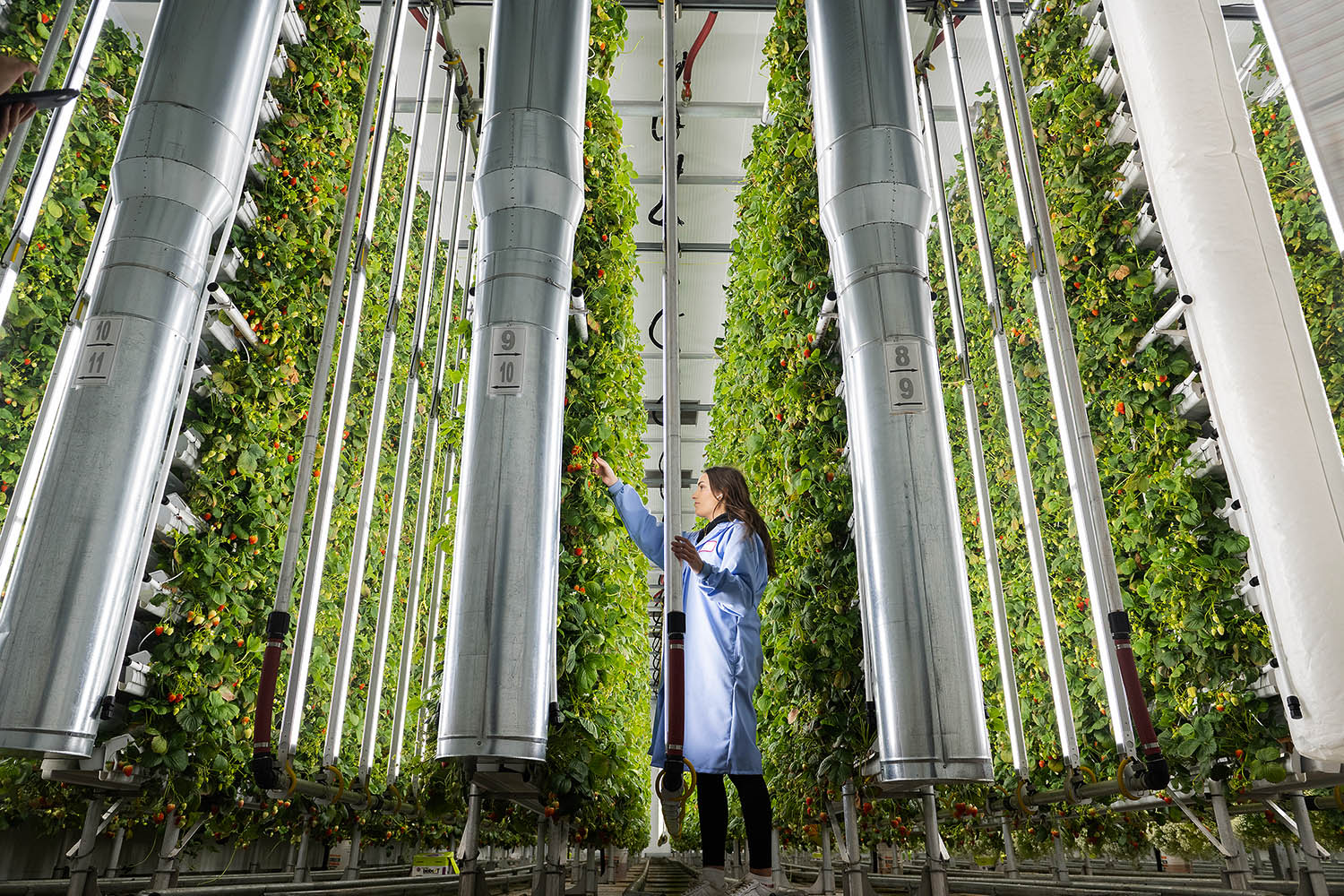
The urgency of the climate crisis is undeniable. Scientists paint a stark picture of a warming planet with rising sea levels, extreme weather events, and ecological disruptions. While the challenges seem immense, a wave of innovation is surging across the globe, offering hope for a sustainable future. This movement centers around climate tech, a broad umbrella encompassing technologies designed to mitigate climate change and adapt to its effects.
However, the journey from promising ideas in research labs to real-world solutions with tangible impact is often fraught with challenges. This article delves into the critical steps required to bridge the gap between lab and reality, transforming climate tech solutions into the powerful tools we need to combat climate change.

From Concept to Prototype: Nurturing Innovation
The initial stage of the climate tech journey begins with fostering a culture of innovation. This requires:
- Supporting Research and Development: Increased funding for research institutions, universities, and private companies is crucial to fuel groundbreaking discoveries and develop novel climate tech solutions.
- Encouraging Collaboration: Fostering collaboration between scientists, engineers, entrepreneurs, and policymakers is essential to bridge the gap between technical feasibility and real-world application.
- Promoting Open Innovation: Encouraging the sharing of ideas and research findings can accelerate innovation and prevent duplication of efforts. Platforms like hackathons and open-source collaboration can be powerful tools in this regard.
From Prototype to Pilot: Testing and Refinement
Once a promising concept is identified, it’s time to move from theory to practice. Here’s what this stage entails:
- Proof of Concept: Developing a functional prototype allows for testing the technical feasibility and effectiveness of the proposed solution in a controlled environment.
- Pilot Projects: Implementing the technology on a small scale in real-world settings provides valuable data on performance, user experience, and potential challenges. This stage allows for refinement and optimization before wider deployment.
- Securing Funding: At this stage, securing funding from investors, government grants, or public-private partnerships becomes crucial to finance further development and pilot projects.
From Pilot to Scale: Scaling Up Impact
Scaling climate tech solutions requires a strategic approach:
- Building a Business Case: Demonstrating the economic viability and scalability of the technology is essential to attract investors and ensure long-term sustainability.
- Regulatory Frameworks: Developing clear and supportive regulatory frameworks that incentivize climate-friendly technologies is crucial.
- Building Infrastructure: Depending on the technology, establishing the necessary infrastructure (e.g., charging stations for electric vehicles, smart grids for renewable energy integration) might be necessary for widespread adoption.
- Public Awareness and Engagement: Educating the public about the benefits of climate tech solutions fosters consumer demand and encourages investment.
Examples
To illustrate the journey from lab to world, let’s explore some successful climate tech examples:
- Renewable Energy: Solar and wind energy technologies, once niche solutions, are now mainstream due to continuous research, cost reductions, and supportive policies.
- Energy Efficiency: Advancements in LED lighting, smart grids, and building automation are lowering energy consumption and reducing reliance on fossil fuels.
- Carbon Capture and Storage: Technologies for capturing and storing carbon emissions from power plants are being developed and piloted, offering a promising strategy for mitigating climate change.
Challenges and Opportunities
While the potential of climate tech is immense, significant hurdles remain:
- Funding Gaps: Bridging the financial gap between promising prototypes and large-scale deployment is a persistent challenge.
- Policy Uncertainty: Inconsistent or inadequate government policies can hinder investment and slow down the adoption of climate tech solutions.
- Public Acceptance: Addressing concerns about safety, cost, and potential social impacts is crucial for gaining public acceptance for new technologies.
However, amidst these challenges, there are reasons for optimism:
- Growing Investment: Investment in climate tech is increasing rapidly, indicating a growing recognition of the urgency and potential of these solutions.
- Technological Advancements: Breakthroughs in artificial intelligence, materials science, and digitalization are accelerating the development and deployment of climate tech solutions.
- Global Collaboration: International cooperation on research, development, and policy frameworks is fostering innovation and accelerating the transition to a low-carbon future.
Conclusion
The journey from lab to the world for climate tech solutions is a complex but essential one. By fostering innovation, facilitating pilot projects, and scaling successful solutions, we can turn the tide on climate change. Collaboration between researchers, entrepreneurs, policymakers, and the public is critical to ensure a sustainable future for generations to come. Climate tech offers a beacon of hope, and by nurturing its potential, we can transform the fight against climate change into a story of human ingenuity and collective action.


